
Truth, Liberty, Freedom, Rights, Memes, Humor, Peace matters more than ever in the world now. CBDCs are evil. Bitcoin is money. Blockchain & Crypto enthusiast.
14 subscribers
How to get URL link on X (Twitter) App

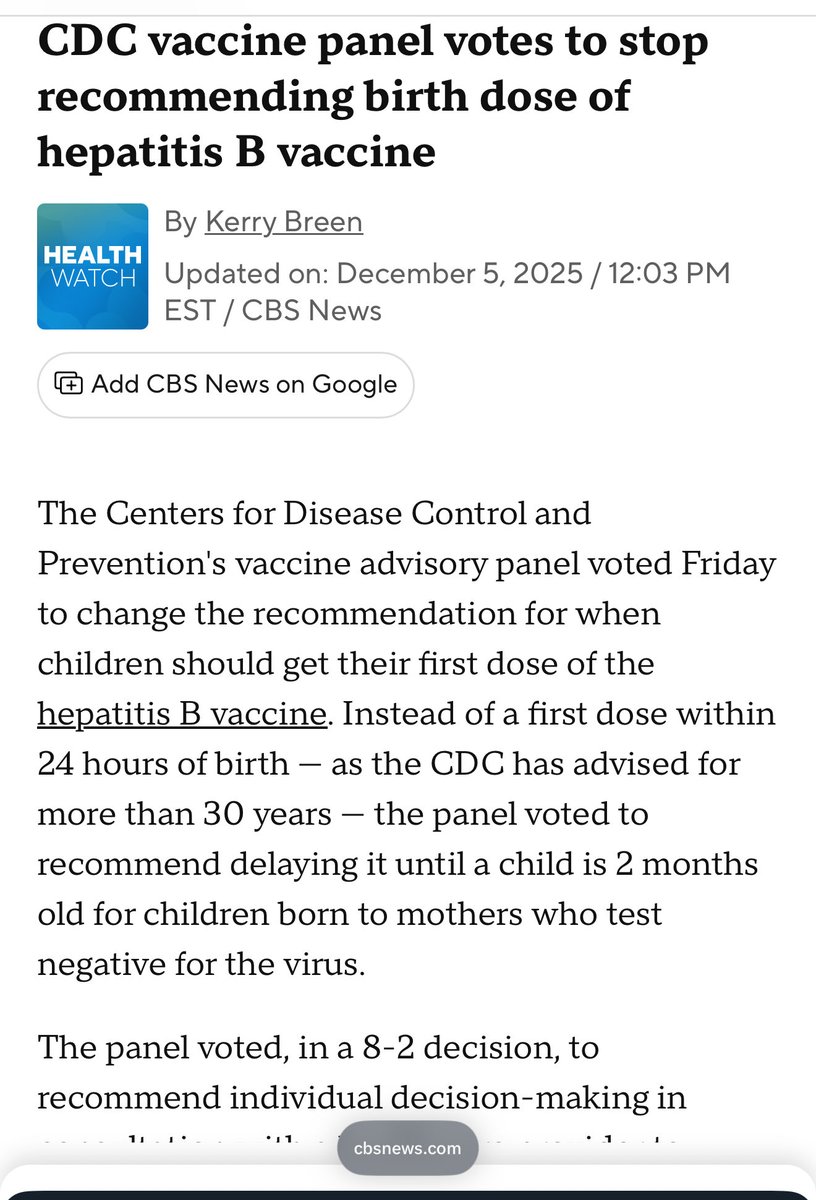
https://twitter.com/deepbluecrypto/status/1985719955695026552

 Here’s a previous thread
Here’s a previous thread https://twitter.com/DeepBlueCrypto/status/1984594255134781480

 Here’s a prev thread
Here’s a prev thread https://twitter.com/DeepBlueCrypto/status/1976275519864963265

 Here’s a previous thread
Here’s a previous thread https://twitter.com/DeepBlueCrypto/status/1970171890871509326

 Here’s a prev thread
Here’s a prev thread https://twitter.com/DeepBlueCrypto/status/1965157912118263999
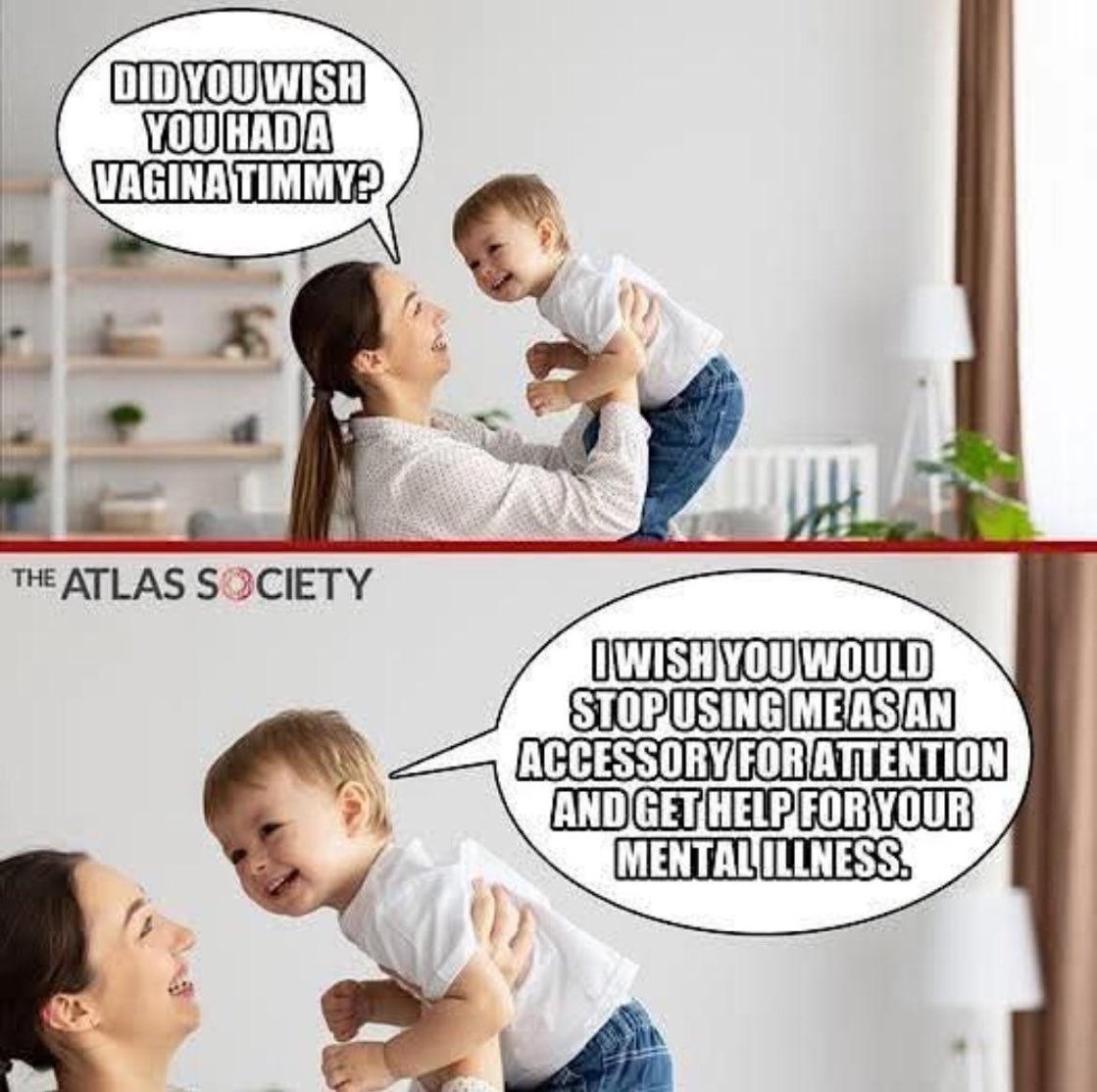
 Here’s a prev thread on #WokeMindVirus
Here’s a prev thread on #WokeMindVirus https://twitter.com/deepbluecrypto/status/1963026890202988729
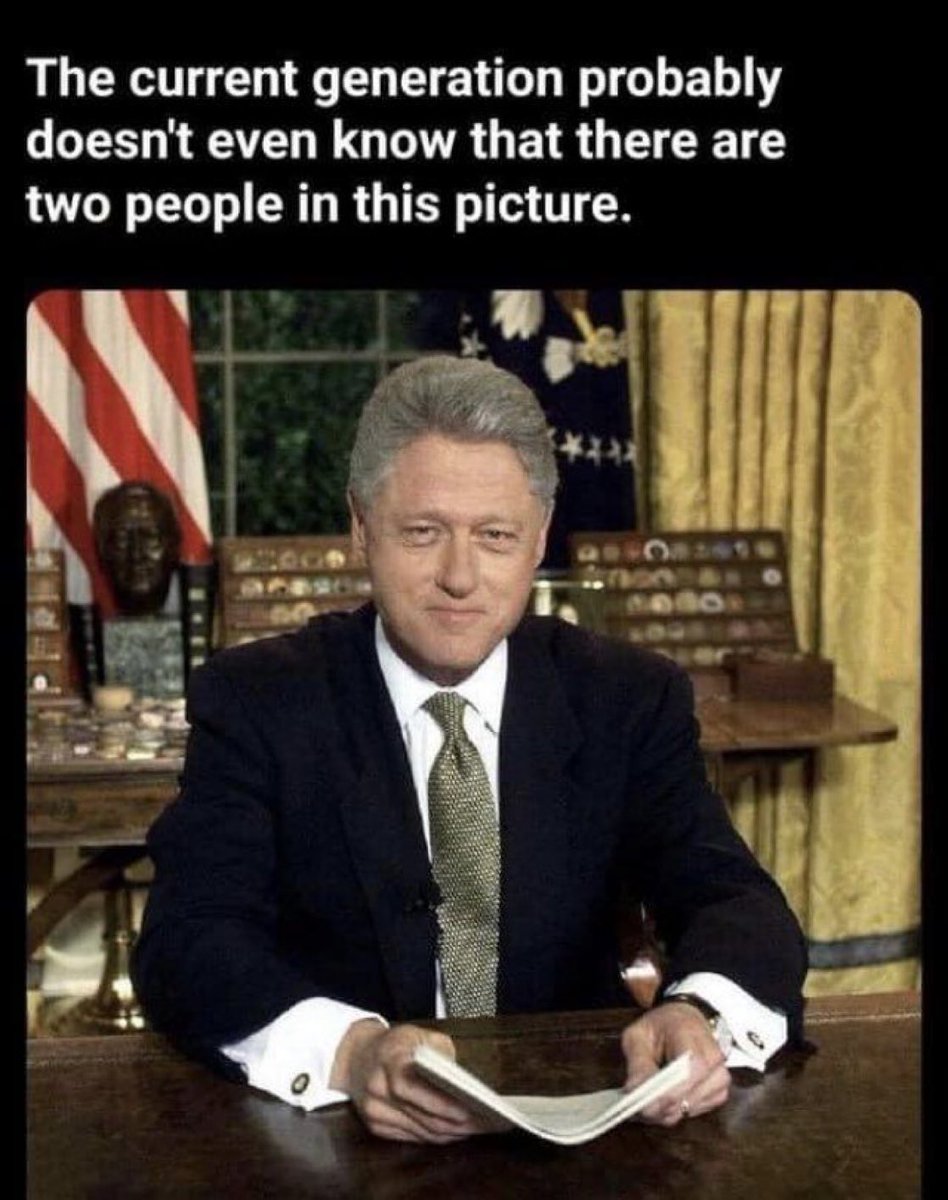
https://twitter.com/DeepBlueCrypto/status/1950937261387764208

https://twitter.com/deepbluecrypto/status/1918489753701290408

 Here’s a prev thread
Here’s a prev thread https://twitter.com/deepbluecrypto/status/1950926305601470546
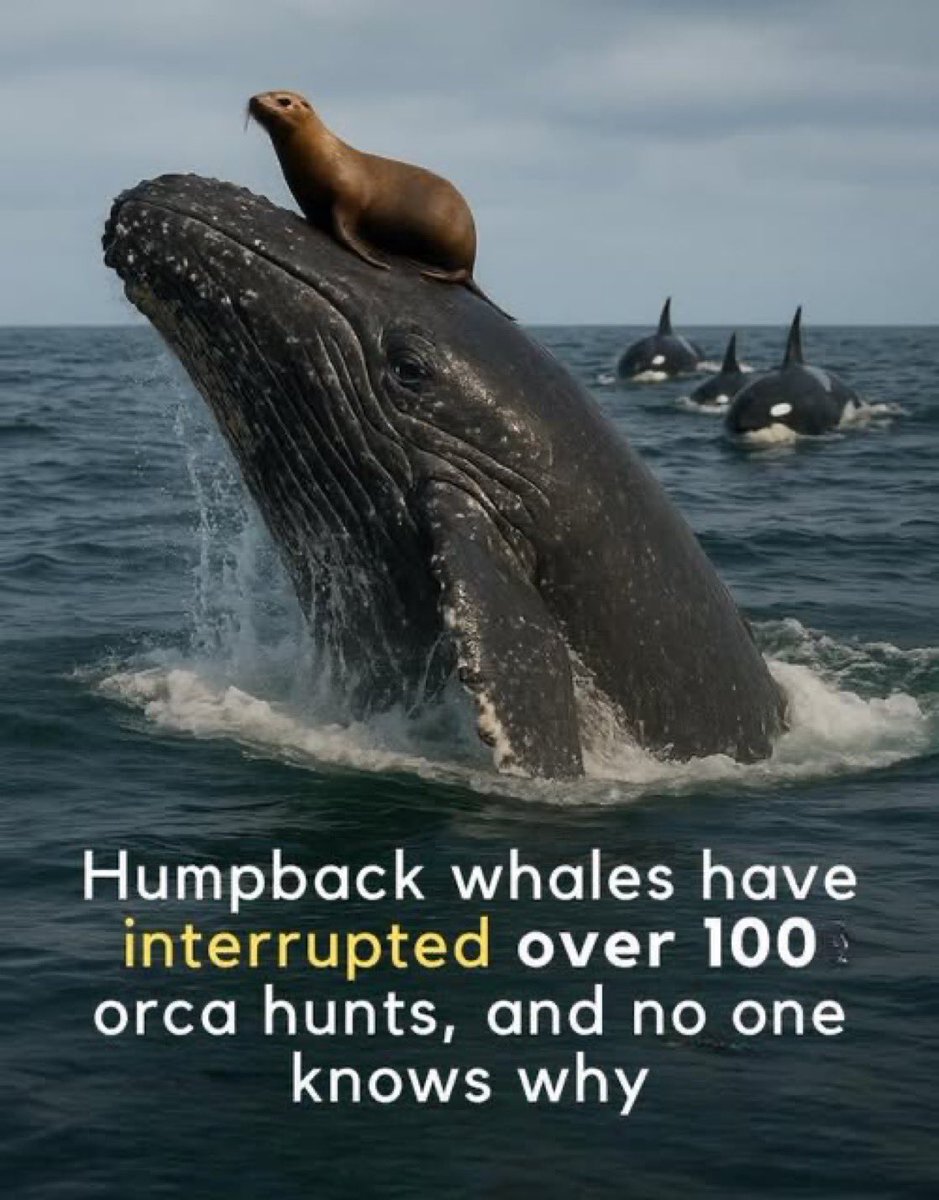
 Here’s a previous thread
Here’s a previous thread https://twitter.com/deepbluecrypto/status/1948917632750530937

 Here’s a prev thread
Here’s a prev thread https://twitter.com/deepbluecrypto/status/1936411700904779785

 Here’s a prev thread
Here’s a prev thread https://twitter.com/deepbluecrypto/status/1945125799004156298

https://twitter.com/DeepBlueCrypto/status/1933618965873406072
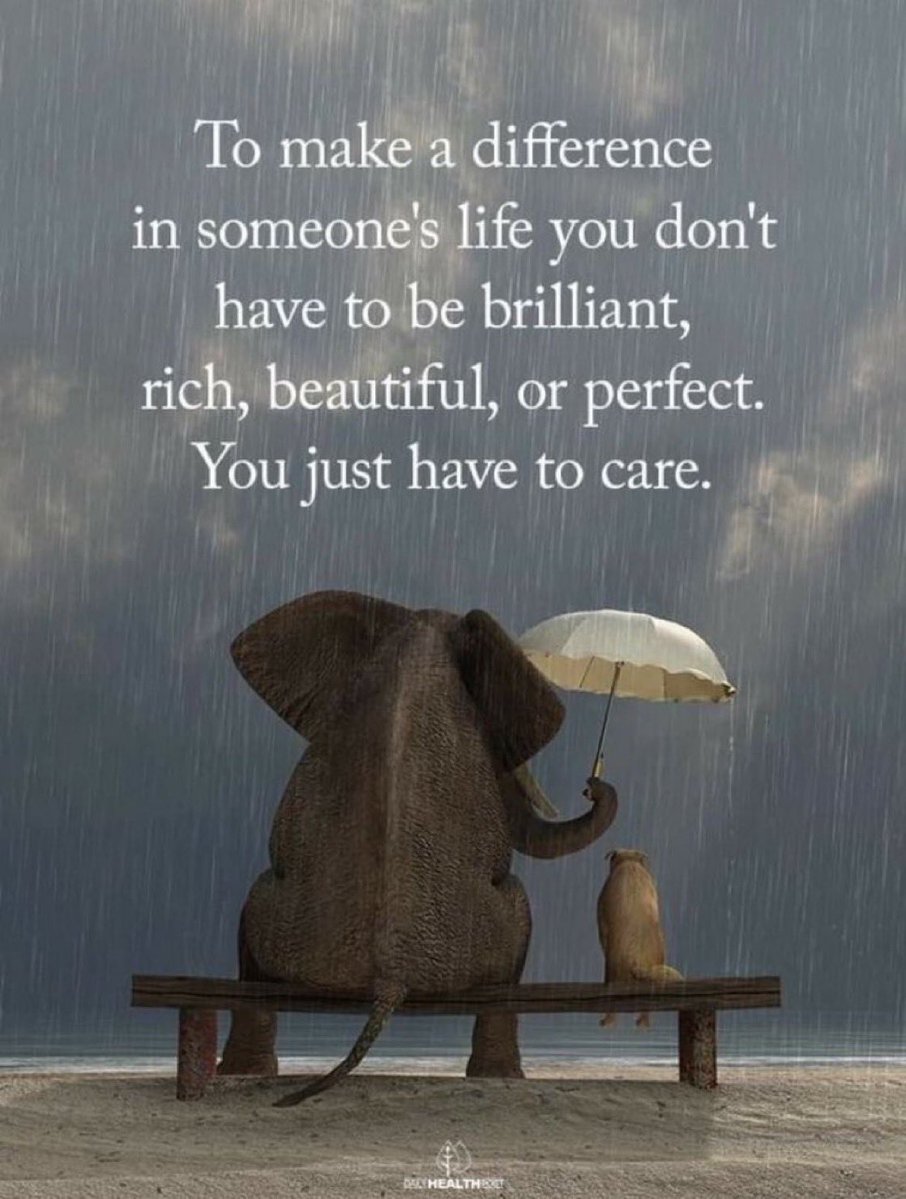
 Here’s a prev thread
Here’s a prev thread https://twitter.com/deepbluecrypto/status/1940192597882151028
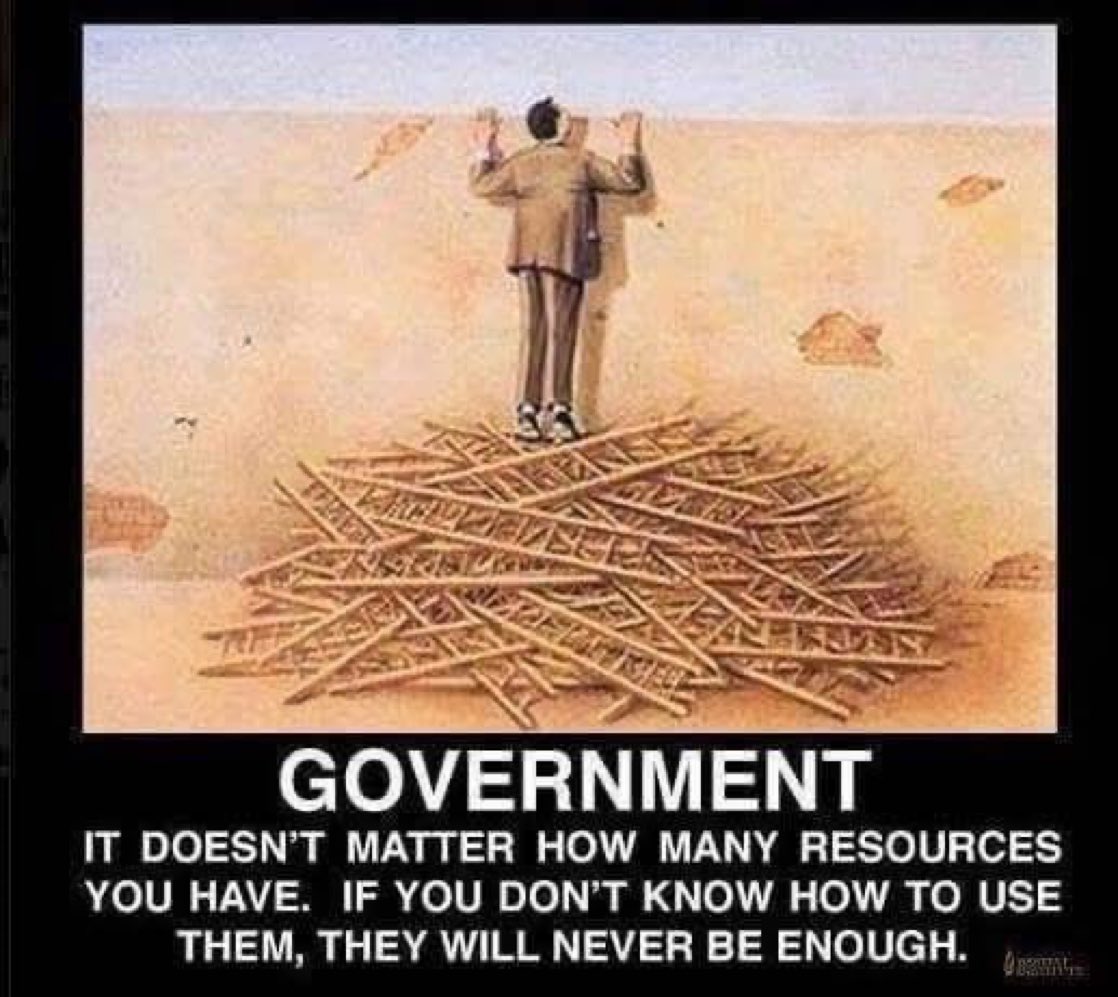
 Here’s a prev thread
Here’s a prev thread https://twitter.com/deepbluecrypto/status/1933553069867852262

https://twitter.com/deepbluecrypto/status/1942241444191691047

 Here’s a prev thread
Here’s a prev thread https://twitter.com/deepbluecrypto/status/1941117254319722563

https://twitter.com/DeepBlueCrypto/status/1933166999405818197

https://twitter.com/deepbluecrypto/status/1935535840412746138
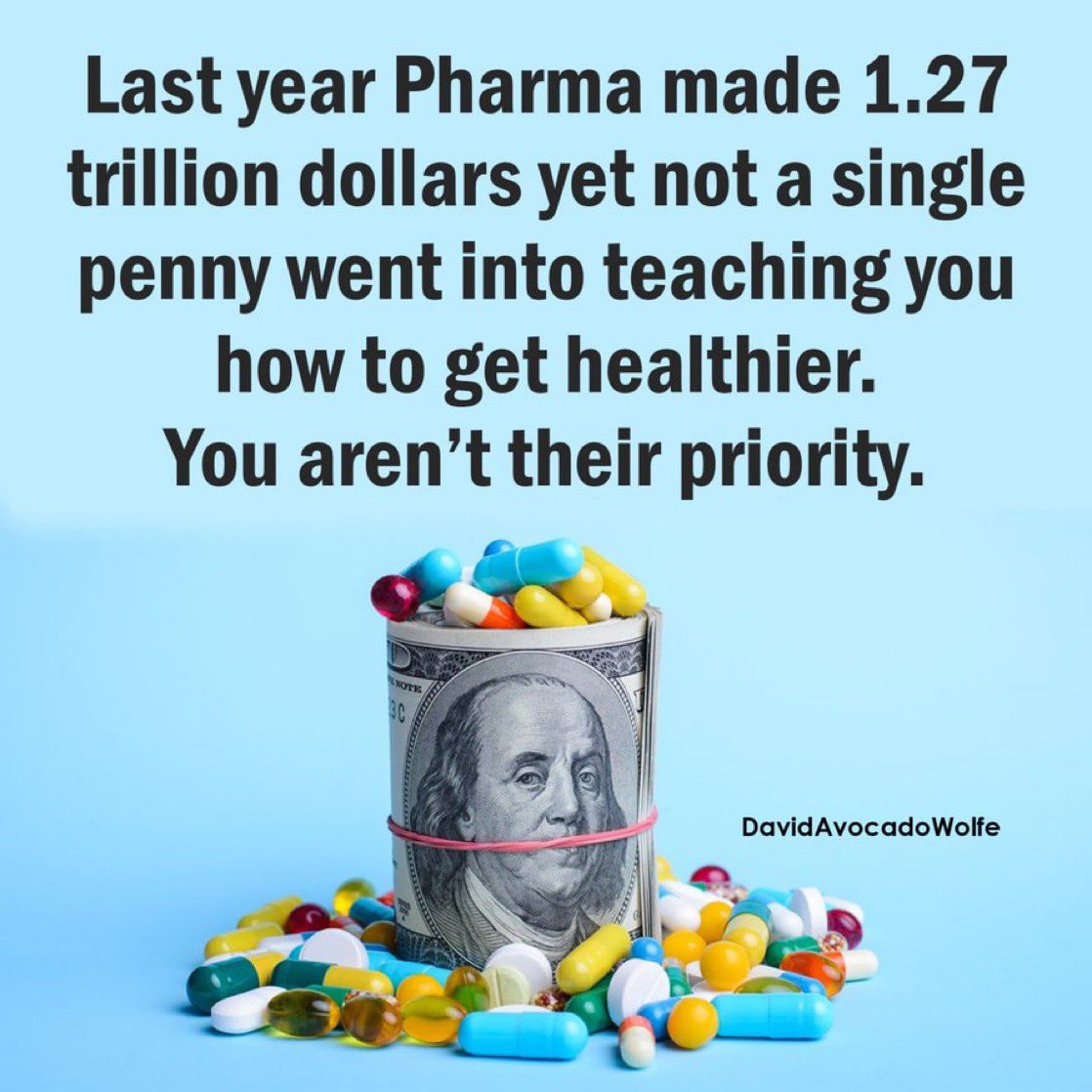
https://twitter.com/DeepBlueCrypto/status/1925650691298566402

 Here’s a prev thread
Here’s a prev thread https://twitter.com/deepbluecrypto/status/1917949067717476369